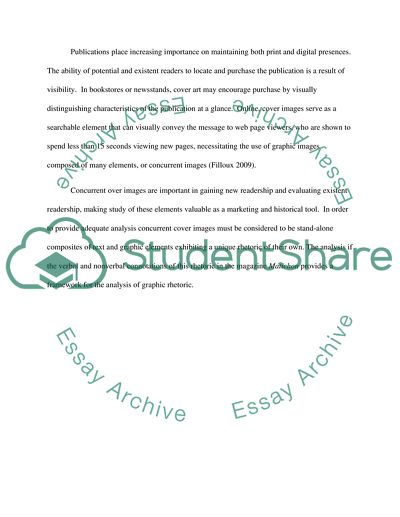Cite this document
(A Structured Method for the Qualitative Analysis of Existing Media Research Paper, n.d.)
A Structured Method for the Qualitative Analysis of Existing Media Research Paper. Retrieved from https://studentshare.org/media/1746875-strategies-of-using-verbal-and-non-verbal-elements-on-the-cover-of-weekly-thai-journal-matichon-from-2009-to-2010
A Structured Method for the Qualitative Analysis of Existing Media Research Paper. Retrieved from https://studentshare.org/media/1746875-strategies-of-using-verbal-and-non-verbal-elements-on-the-cover-of-weekly-thai-journal-matichon-from-2009-to-2010
(A Structured Method for the Qualitative Analysis of Existing Media Research Paper)
A Structured Method for the Qualitative Analysis of Existing Media Research Paper. https://studentshare.org/media/1746875-strategies-of-using-verbal-and-non-verbal-elements-on-the-cover-of-weekly-thai-journal-matichon-from-2009-to-2010.
A Structured Method for the Qualitative Analysis of Existing Media Research Paper. https://studentshare.org/media/1746875-strategies-of-using-verbal-and-non-verbal-elements-on-the-cover-of-weekly-thai-journal-matichon-from-2009-to-2010.
“A Structured Method for the Qualitative Analysis of Existing Media Research Paper”, n.d. https://studentshare.org/media/1746875-strategies-of-using-verbal-and-non-verbal-elements-on-the-cover-of-weekly-thai-journal-matichon-from-2009-to-2010.


